“Some technologies take decades for mainstream adaptation, says Hendrith Vanson.” But, it’s the video conferencing applications that did their magic by reaching to extents in the shortest time.“
Today where everything has been digitalized – the sharp demand for web & android video conference apps is something being set in stone.
According to studies, nearly 70% of the global workforce is likely to be virtualized by 2025, wherein most of the collaborative features will be from video conference applications.
As a result, the businesses are trying their best to implement video chat applications with exceptional collaboration features to amplify sales, retention, and boost productivity. Therefore, in this article, I am going to talk about these fundamental steps that are required to easily build a video chat app with conferencing functionality.
So, let’s make a start & get to know in detail!
Table of Contents
What is a Video Conferencing App?
A video conferencing app is a software that allows more than one person to engage in a face-to-face meeting over the internet in real-time, using multidirectional video content streaming.
How to Build a Video Conferencing App in 7 Simple Steps?
Here’s how to easily build a video conferencing solution/app in 7 simple steps:
- Step 1: Study your end-user & research the market
- Step 2: Analyze the right features for your video chat app
- Step 3: Choose the right tech stack
- Step 4: Tighten your app security
- Step 5: Design UI & UX
- Step 6: Test for bugs & deploy the app
Step 1: Study Your End-User & Research The Market
When engaging in a video conferencing app development for enterprises, this initial step will identify the type of users on your video conferencing app. Such insight can be drawn from a survey which expects more ‘visual expressions’ on the app by including more filters, stickers and emojis.
The design process tends towards digital product security and will be a value addition for the end user. Privacy is a significant factor and will be based on cyber security, supportive security features, and encryption for quality excellence. Additionally, learn what type of monetization strategies users prefer and try to include pay-as-you-go pricing, freemium plans, or one-time license fee.
Step 2: Determine The Key Features Of Your App
The typical user experience is what defines this feature. Let’s have a look at some of the core features that are needed for building a video chat app.,
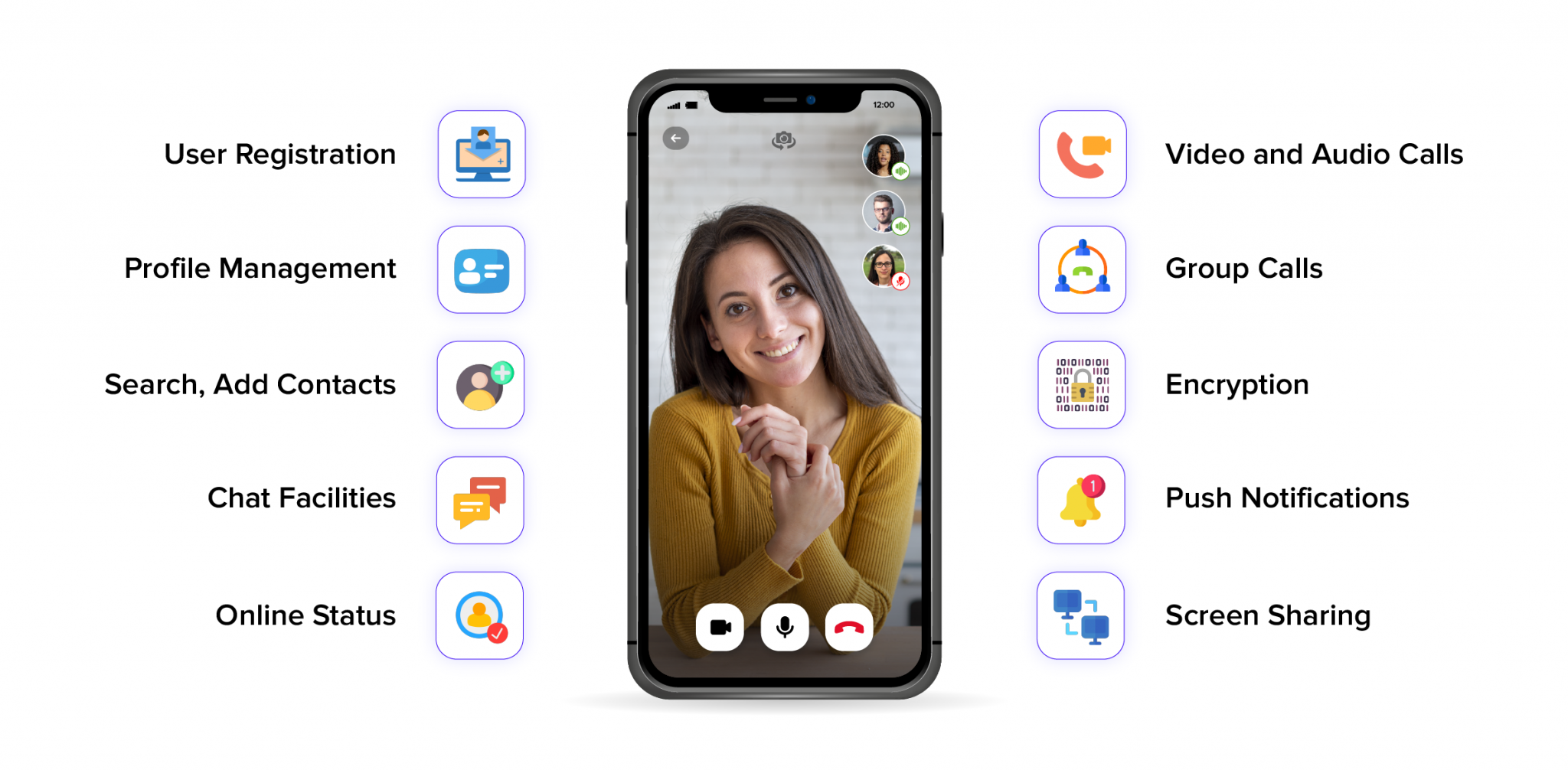
- 1-to-1 & Group Video Calls: Helps users to connect with others via a single chat or group video call.
- Screen Sharing: Allows sharing screen during an ongoing video call.
- File & Image Sharing: Makes the exchange of files, media, and other documents seamlessly easy through the video chat app.
- Push Notifications: Notifies users of any incoming or missed calls in the chat platform.
- Language Translation: User’s messages can be translated into over 100+ languages in real-time.
- Audio/Video Muting: Allows users to disable or mute the audio or video on an ongoing audio or video chat.
- Call Logs: Get a detailed history of missed, made, and received calls on the video conferencing app.
- Call Analytics: Admins get hold of the key metrics that display user interaction within the chat app.
- Status Indicators: Indicators whether the person you are calling is available at the moment or offline.
- Search History: Allows users to search for the calls made for future communications.
- Security Protocols: All chats to and fro from the voice chat application must be encrypted using E2E and security protocols like AES-256 , SSL, TLS and more.
Step 3: Pick The Right Tech Stack & Platforms
Having got a fair insight on what features to include in a web or mobile chat application, it is time to highlight the platforms and technology stack. If you are using a home-grown video calling SDK solution, these parameters would have been easily sorted out.
But if you are not using a video calling API, you must build your video chat app considering the below parameters:
- Platforms: Make sure to build a video conferencing app that works well on all platforms, browsers, and devices. That is to adhere to multi-platform compatibility rules.
- Programming Languages: To create online conference apps for native mobile platforms like iOS and Android, Swift, Objective C, Java, and Kotlin come to aid.
Recommended Read: Best Programming Languages For App Development in 2024!
React Native and Flutter work well to build cross-platform networks and can be wise choices for basic video-calling app development.
However, for web video conferencing, use JavaScript, HTML5, Node.js, and Spark.
WebRTC
It is a technology that supports real-time communication over desktop and mobile systems using a variety of APIs, and without the need for plugins. Its three main components include:
- RTCPeerConnection
- RTCDataChannel
- MediaStream
Also Read: What is the Flutter WebRTC Plugin? A Complete Guide
Step 4: Ensure Security Of The Application
As a skilled developer, you must ensure that the voice chat application you are building is safe to withstand any security breaches. And to achieve this, the best practice is to include E2E encryptions, 256-bit TLS protocols, or simply use a video chat API.
Additionally, you can include mechanisms like 2FA, OTP reception, and a lot more.
Step 5: Make UI/UX Design “Innovative & Interactive Part”
The UI (User Interface) refers to the fonts, styles, colors, and other visual elements that make the app look prettier and smarter.
Whereas, UX (User Experience) defines parameters that help users to interact with the app, like navigation content, CTA buttons, layouts, and a lot more.
Trust me, taking into account all these attributes could be time-consuming and daunting. Hence, the wise solution would be to use MirrorFly’s pre-built UI kits and simply integrate their video chat APIs for a quicker and functional conferencing solution.
Step 6: Testing For Bugs & Launching
In the final step, the code is tested for issues or bugs. These are resolved and ‘fixed’ in the testing stage. Overall, here the ‘clean’ final software product is user satisfaction, that’s apart from performance similar to peer apps in the segment.
When doing a testing, make sure to do the below testing types:
- GUI testing
- Functional testing
- Stress testing
- Performance testing
Step 7: Promoting The Video Conferencing App
Always see to it that you first promote your video conferencing app before making it live. You can do this, in the following ways:
– Creating a landing page and interlinking pages wherever applicable.
– Advertising on social media networks and creating a stellar copy for app stores.
– Reach out to influencers for blog promotional activities.
That’s the end of the steps to build your online conference app from start to finish. However, you might realize that there are cons associated with this approach being it to be expensive, time-consuming, requires skilled people, and per platform optimization.
The best technique to alleviate the problems of the above said would be to use a third-party video calling SDK solution, or choose one of the below video conferencing apps for your team communication and collaboration.
Recommended Reading
3 Best Video Conferencing Apps in 2024
Listed below are some of the best video conferencing apps of 2024 that are swirling the market for 100% collaboration and improved productivity.
1. Zoom – The Best Video Conferencing App For Larger Teams
Zoom is one of the most popular video conferencing apps that is extremely reliable and simple to use. Its usage got spiked especially after the Covid-19 pandemic which pushed everyone to work from home.
When we talk about its features, it has some excellent collaboration features like instant chats and recording capabilities, teams can send private messages and whiteboards.
Plus, it would keep your calls going even on a poor internet connection.
2. Google Meet – Flexible For Teams Using Google Workspace
Developed by Google, Google Meet is a video communication service that replaces the Hangouts Chat feature.
Anyone with a Google account can send in links to peers and start a video meeting for 60 minutes at no basic fee. You can invite up to 100 participants in your free plan and Google Meet supports up to 10,000 participants in a view-only mode.
However, one prime drawback of this video calling solution is that it runs on a browser and not on an app, which makes it a major pitfall.
But when we leave these aside, its pros include live captioning, comes as a complete package with Google Workspace products, and more.
3. Microsoft Teams – Great Video Chat App With Crystal-Clear Conferencing
Microsoft Teams is yet another video conferencing app that integrates well with the Microsoft Office 365 suite having abundant collaboration features. The best part of it is that its video quality is great even in unstable network conditions and is primarily used for larger participant calls.
Additionally, you can invite participants outside your organization to join your video calls. Plus, its whiteboard feature is just out-of-the-box which makes it simple to pen down during an ongoing video call.
Thus proving it to be a great webinar app as well.
So these were the top video conferencing solutions that you may think of using for your business communication. However, if you wish to elevate your team interactions to the next level, opt for MirrorFly.
Why Should You Choose MirrorFly’s Video Chat APIs For Building Video Chat Apps?
MirrorFly is one of the leading in-app communication SDK providers of video, voice, and chat capabilities that is much-liked by developers around for building highly responsive video chat apps and for reasons like:
- Quick integration capabilities,
- Easy migration,
- Integration support,
- 500+ customizable call & chat features, and lastly
- Twin communication model – SaaS and Self-hosted solutions.
And as we speak of easy migration, did you know that Twilio is sunsetting its programmable video APIs and hence businesses are now migrating to MirrorFly to deliver an uninterrupted video calling service to their users?
Well, yes. Now to be back on track. If you want to build a functional video conferencing app with the features you need, then make use of their self-hosted video calling SDK, with which you can
- Take complete ownership of their video SDKs for a lifetime.
- Avail 100% customization on its call and chat features.
- Get the flexibility to host apps on your premises and take control of security.
- Build a white-labeled video chat app by adding your branding elements like logos and themes.
- Hire a dedicated tech team to look after the integration process.
And more for a one-time license fee. So does this make you take a side for them?
Also Read: The 5 Best Communication Protocols of 2024
Conclusion:
The discussions above show that in order to choose the perfect video conferencing app development strategy multiple steps need to be adopted. The fundamental factors are assessing resource availability and with the choice of aperf ect technology vendor. Whether you are building your own video chat app, or using third-party APIs such as MirrorFly’s video conferencing APIs, integration could be the perfect solution for your business application!
So, Let’s make a move and build your online conference app & spread your brand globally.
All the Best!
Looking To Build Your Own Video Conferencing App?
Get our enterprise-grade communication solution, that can be set up on your company servers.
Request Demo100% customizable
White-label solution
Full source code

Frequently Asked Questions (FAQ)
What are some of the top features of a video conferencing app?
The top features of a video conferencing app includes:
- Real-time Chats
- Screen Sharing
- Mobile App Support
- Recording & Playback
- AR Facemasks
- Noise Reduction
- Unlimited Participants
- Video Recording
What is the best language to build a video conferencing app?
The best language to build a video conferencing app depends on your project requirements, targeted platforms (web, Android, iOS, and desktop), team expertise, etc. However, here is a list of the best languages based on the targeted platforms:
- iOS: swift
- Android: Kotlin/Java
- Web: Javascript, HTML5/CSS
- Desktop: C, C++, Electron
How long does it take to build a video conferencing app?
Building a video conferencing app from scratch might take months to years, depending on your requirements and tech stack. But MirrorFly offers hassle-free integration of their video, voice, and chat SDKs in a range of minutes to hours, depending on your requirements.
Which is the best app for online meetings/remote meetings?
Here’s a list of some of the free and paid online meeting apps for remote team communication:
- Zoom
- Riverside
- Webex
- Slack
- Google Meet and
- Teams
Further Articles

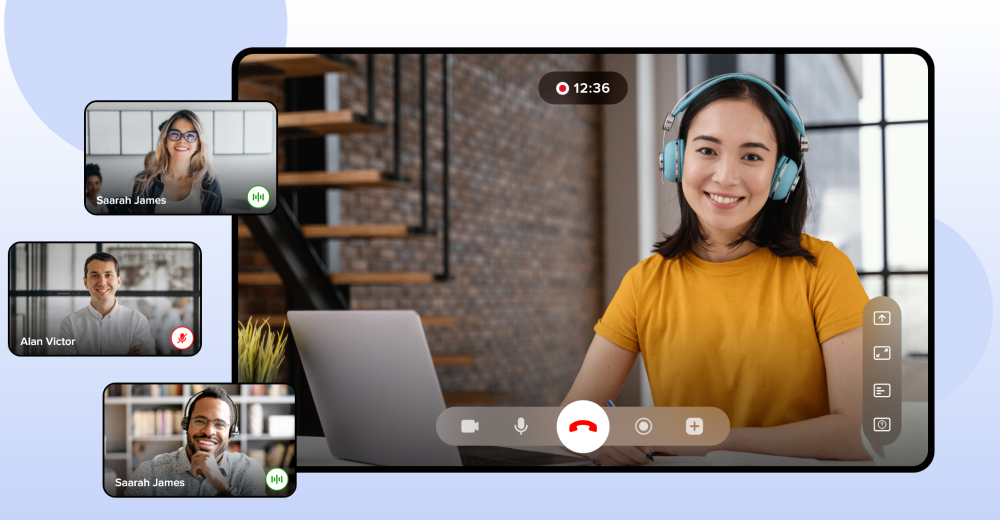

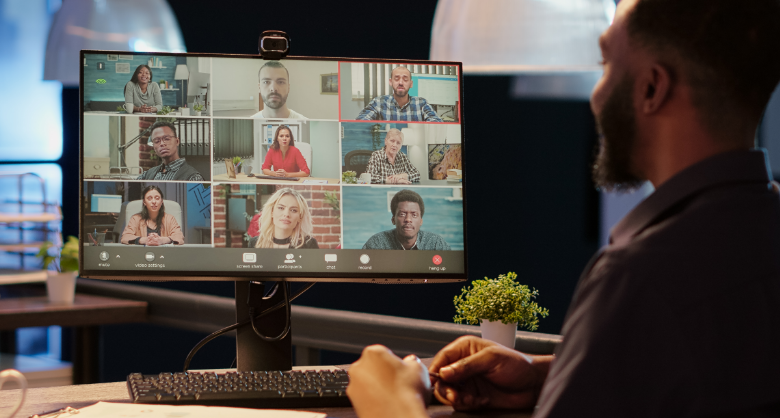
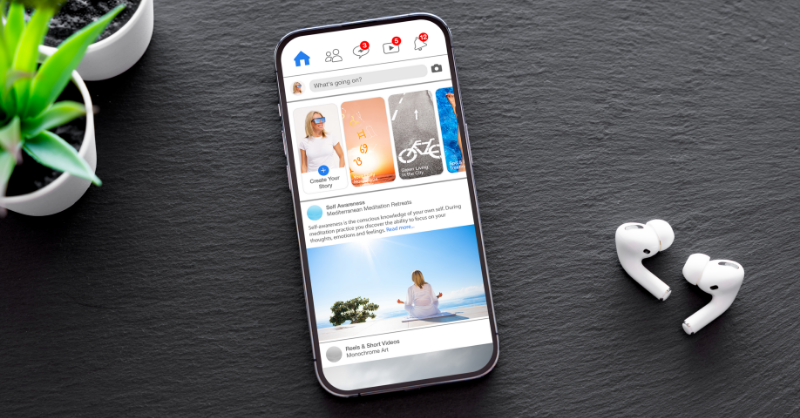
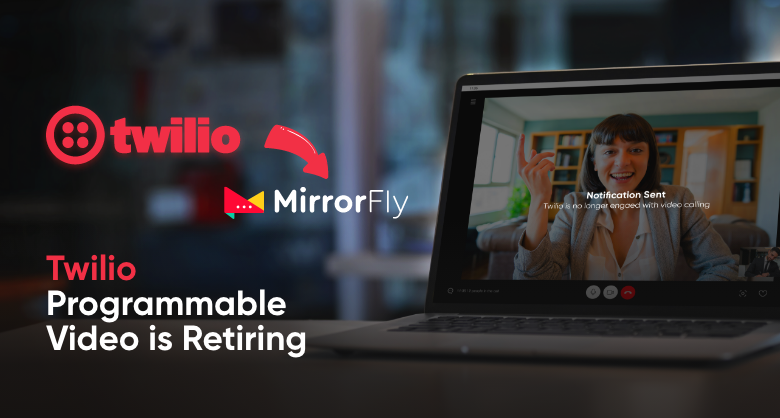

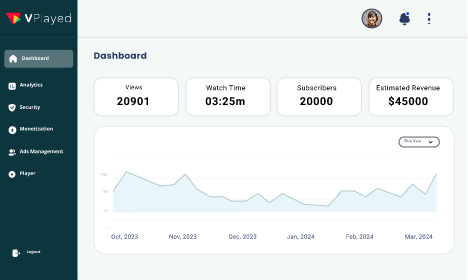
We are building a video conferencing app for both Android and iOS and we want to implement video and voice feature in it. We want to use your video conferencing API for it & want to know more about pricing. Thanks
Hii team, i am working in a project, for that, I want to build a video streaming platform or app. Kindly send me the app features and pricing details to my email id.
I am interested to build a video conferencing app for my e-commerce business. What’s the price for the video conferencing API and are there any monthly subscriptions involve.
We are developing a health care solution, so we need a video conferencing API & SDK to improve our telecom video conferencing app development.
We need to integrate chat feature on our existing video conferencing app. what could be the costs?
Hi we are interested in building a video conferencing app for multiple users. What’s the price for your video conferencing API and are there any monthly subscriptions involved?
Hello Naren, claps on your interest in building a video app! I’m truly glad to hear that you are interested in our video calling SDK and wish to know more about our pricing. When it comes to pricing, we are the best in the market as we offer both monthly subscription and custom pricing models (great for white labeled solutions) for users to build apps as per their needs in the most affordable ways. If you are interested to proceed further, give our experts a call.
Hi, We would like to create a video chat app for a sales team of approximately 30 users. I would like to know the pricing and other features that surround your live video call api. Can we arrange a call this week? Thanks
Hi, Currently thinking to build a live video chat app that will have the ability to make audio/video calls, can you provide me a list of prices? Please reply back to me with some more info. Thanks, Dany
We are a production company based out of chennai India and we are looking for an white-label video chat app. We would like to know more about the pricing and other commercial details from your team.
Required to implement chat, group voice call, video call and screen sharing functionality in one of our client live video chat app. We are interested in licensing your product as part of our offering and would like to know more about your video call solutions.
I am currently building a video chat app for my business and i want to have the ability to group video call with minimum eight participants and one-to-one options also. Is it easy to customize the behavior of my app. Do you have samples? Kindly get back to me, as I need a solution fast.
Hi, I am developing a online video chat app for one of my client. I need a video chat support. Can you give me more detail about pricing and video API details how I can test before purchase. Is there any demo project? Thanks, Milan